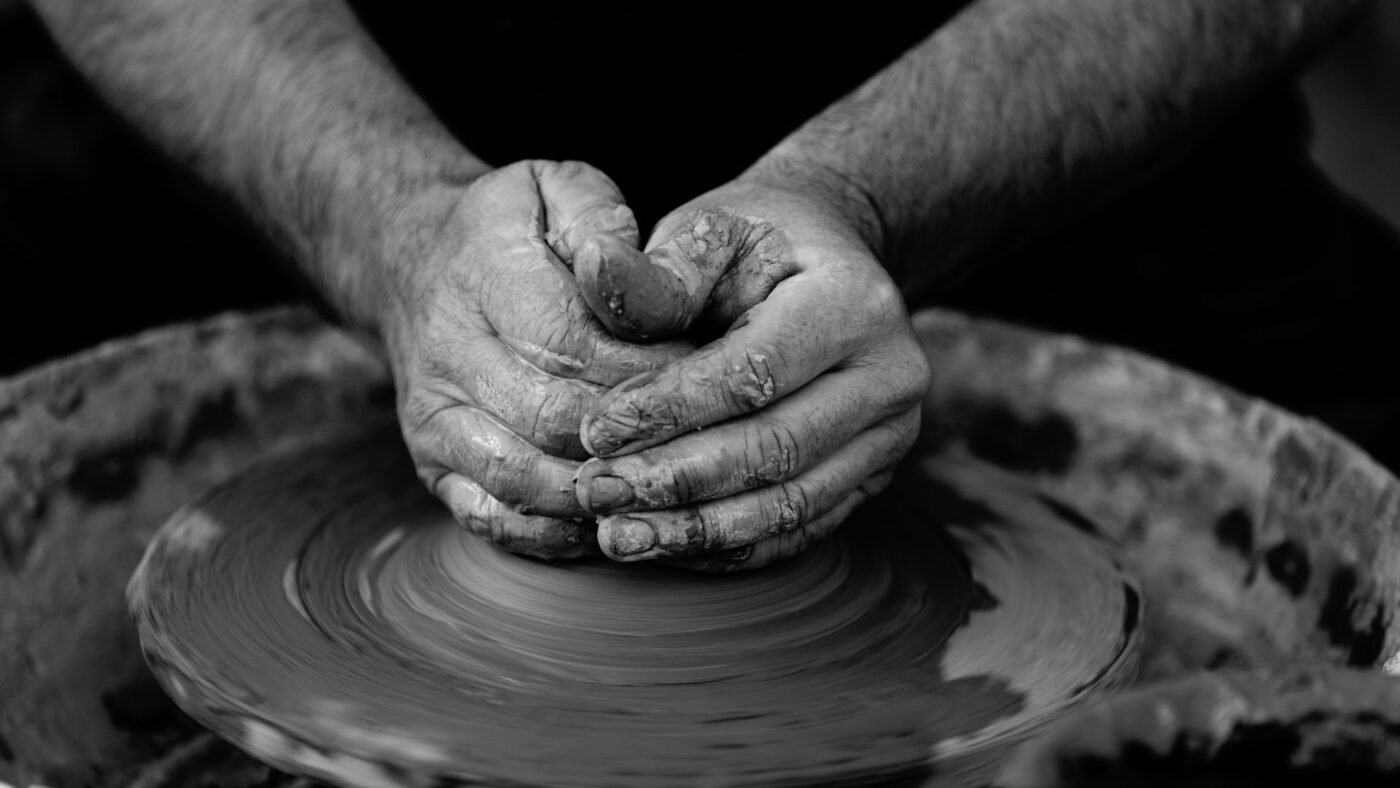Khurja Pottery
Khurja Pottery – A Heritage Craft Bringing Elegance to Modern Homes
Khurja, a quaint town in Uttar Pradesh, India, holds a special place in the world of ceramics. Known as the “Ceramic City of India,” Khurja is home to a thriving pottery industry that dates back more than 600 years. Its unique designs, vibrant colors, and handcrafted excellence have made Khurja pottery a favorite among households and interior designers alike. In this blog, we’ll take you on a journey through the history, process, and modern appeal of Khurja pottery.
A Glimpse into the History of Khurja Pottery
The roots of Khurja pottery trace back to the Mughal era. Legend has it that artisans from Persia introduced the craft to Khurja during the 14th century. Over time, these techniques blended with Indian aesthetics, creating a distinctive style that we now recognize as Khurja pottery. The town’s natural clay reserves and skilled craftsmen allowed this art to flourish. Today, Khurja is home to thousands of pottery units, making it one of the largest ceramic production hubs in India.
What Makes Khurja Pottery Unique?
Khurja pottery is celebrated for its vibrant glazes, hand-painted patterns, and high durability. Unlike machine-made crockery, each piece of Khurja pottery is handcrafted, ensuring no two pieces are exactly alike. Here are some features that set it apart:
- Handmade Beauty: Every mug, bowl, or plate goes through meticulous hand-painting and glazing, resulting in exclusive designs.
- Lead-Free & Safe: Most Khurja ceramics today use lead-free glazes, making them safe for everyday use.
- Durability: Fired at high temperatures, these ceramics are sturdy enough for regular kitchen and dining use.
- Eco-Friendly: Made from natural clay, Khurja pottery is a sustainable alternative to plastic or melamine dinnerware.
The Making of Khurja Pottery – An Artistic Process
The charm of Khurja pottery lies in its time-tested process, which involves:
- Clay Selection & Preparation – Artisans choose the finest clay, clean it, and knead it to the right consistency.
- Shaping – Using a potter’s wheel or molds, the clay takes the form of cups, bowls, plates, and decorative items.
- Drying & Firing – The shaped items are dried and then baked in kilns at extremely high temperatures.
- Glazing & Painting – Once fired, products are hand-painted with beautiful floral, geometric, and abstract patterns before applying a glossy glaze.
- Final Firing – The glaze is sealed through another round of firing, giving the product its signature shine and durability.
Why Khurja Pottery is Perfect for Modern Homes
Khurja pottery has evolved beyond its traditional roots to become a style statement. Here’s why it’s trending in modern interiors:
- Versatility: From coffee mugs to dinner sets, storage jars to planters, Khurja ceramics blend effortlessly with any décor style.
- Affordable Luxury: Despite being handmade, these pieces are surprisingly affordable, making them accessible to everyone.
- Perfect for Gifting: Their artistic appeal and practicality make them ideal for festive gifts, weddings, or housewarmings.
Khurja Pottery – A Global Presence
Thanks to e-commerce platforms, Khurja pottery has crossed borders and reached homes across the globe. Brands like Somny are working to modernize this heritage craft by introducing sleek designs, durable finishes, and trend-driven collections while staying true to the traditional artistry.
Final Thoughts
Khurja pottery is more than just crockery—it’s a piece of history and art. Every cup you sip from, every plate you serve on, tells the story of generations of artisans who have kept this craft alive. If you want to add elegance, sustainability, and cultural richness to your home, Khurja pottery is the perfect choice.



